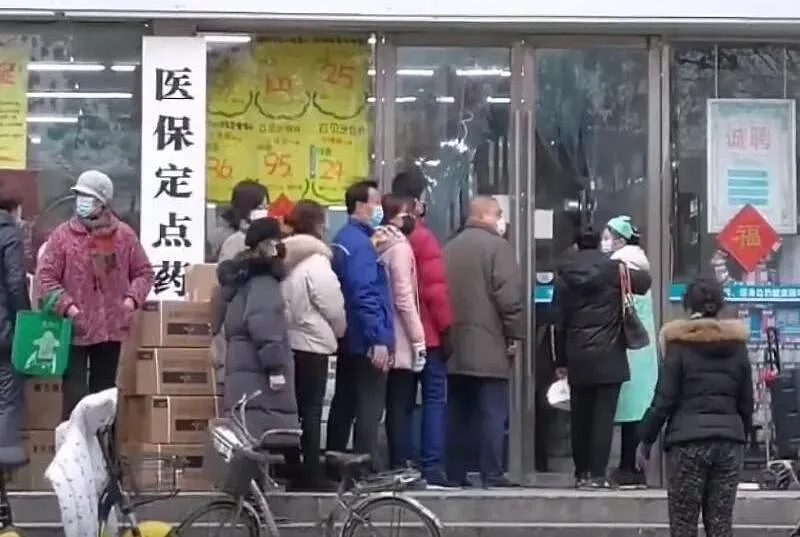Extending school and workplace closures till April, rather than March in the epicentre of the COVID-19 pandemic, the Chinese city of Wuhan, can likely delay a second wave of cases until later in the year, relieving pressure on health services, according to a new study.
The research, published in The Lancet Public Health journal,says the closure of schools and workplaces in Wuhan have reduced the number ofCOVID-19 cases and substantially delayed the epidemic peak — giving the healthsystem the time and opportunity to expand and respond.
In the study, researchers, including those from the LondonSchool of Hygiene & Tropical Medicine in the UK, used mathematicalmodelling to estimate that by lifting these control measures in March, a secondwave of cases may occur in late August. However, they said, maintaining theserestrictions until April, may delay a second peak until October, relievingpressure on the health services in the intervening months. The scientists alsosaid given the large uncertainties around how many people an individual withthe virus is likely to infect, and how long a person is infected on average,the true impact of relaxing physical distancing measures on the ongoingCOVID-19 epidemic cannot be precisely predicted.
“The unprecedented measures the city of Wuhan has putin place to reduce social contacts in school and the workplace have helped tocontrol the outbreak”, said Kiesha Prem from the London School of Hygiene& Tropical Medicine, who led the research.
“However, the city now needs to be really careful toavoid prematurely lifting physical distancing measures, because that could leadto an earlier secondary peak in cases. But if they relax the restrictionsgradually, this is likely to both delay and flatten the peak,” Prem said.
When the novel coronavirus (SARS-CoV-2) emerged in Wuhan,China in December 2019, schools and workplace were closed as part of the LunarNew Year holidays, the scientists said.
These closures, they said, were then extended to reduceperson-to-person contact and prevent the spread of SARS-CoV-2. The researchersdeveloped a transmission model to quantify the impact of school and workplaceclosures using information about how often people of different ages mix witheach other in different locations.
They assessed the effects of these measures on bringing theoutbreak under control. Using the latest data on the spread of COVID-19 inWuhan, and from the rest of China on the number of contacts per day by agegroup at school and work, the scientists compared the effect of threescenarios.In one scenario, they assumed no interventionsand no holidays were in place. In another the study assumed no physicaldistancing measures, but school winter school break and Lunar New Year holidaysas normal.






